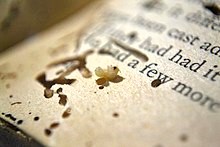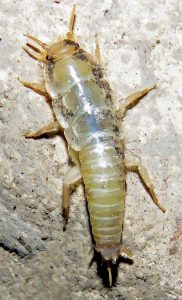The Integrated Pest Management for Cultural Institutions workshop was held last November at the Michael C. Carlos Museum on the Emory campus. Seven presenters offered various perspectives on pest prevention, monitoring, and remediation. Two important things to remember regarding pests and how to manage them: keeping all pests out of a building is an unrealistic expectation; pest prevention and management is all in the preparation.
For buildings like libraries and museums, an integrated pest management system is the best line of defense, but this is not as simple as spraying an insect with Raid. Emory Libraries have collections of cultural significance that are meant to be preserved and shared. Many at-home insecticides contain ingredients that would harm valuable collections, and more importantly, insecticides may not kill pests.
Integrated pest management allows an institution to comprehensively manage outside influences that will negatively impact their collections. Temperature and humidity-controlled storage areas, isolation rooms for incoming collections, and non-invasive traps by building entry points are all positive approaches to pest management. These measures are effective in controlling the environment and protecting collections.
At Emory Libraries and similar institutions, it is important to limit opportunities for pests to thrive in spaces that house and display items of cultural and historical relevance. Neither food nor drink is allowed in collection areas, eliminating food sources for pests.
A pest management company will provide regular treatments of vulnerable building areas. Additionally, direct and open communication with the building facilities staff encourages routine monitoring. Key to developing an integrated pest management program is knowing what collection material might attract pests. The facilities and preservation staff at Emory Libraries follow specific policies and procedures regarding pest management. Timely reporting of all pest issues ensures immediate action to prevent further activity or even an infestation.
Ephranette Brown,
Conservation Technician –
Emory Libraries



